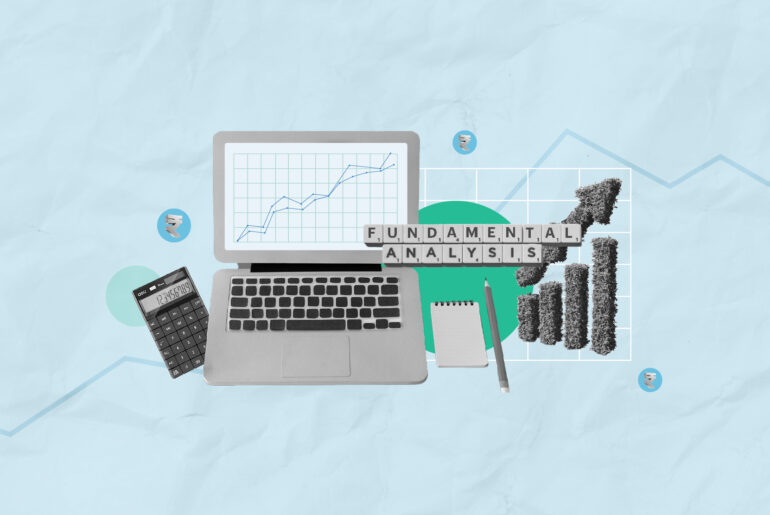Last Updated on Feb 7, 2022 by Aradhana Gotur
The broader market seemed to have entered under renewed pressure in the week ending 17th December 2021 with the benchmark indices falling as much as 1% on heavy volumes on Friday. This weakness was likely precipitated by the news of the Bank of England raising its policy rate in the face of rising consumer prices.
This is the first time a major central bank has raised interest rates since the pandemic began in early 2020. In their most recent meeting held mid this week, the US Federal Reserve also guided for three interest rate hikes in 2022.
This was a pivot from the stance earlier held by Fed Chairman Jerome Powell, that the inflation was only transitory. In fact, as early as September this year, as many as half of Fed officials had held that interest rate hikes may not be needed until 2023 especially given the uncertainty surrounding the new Omicron variant’s impact on the global economy. Thus, it may not come as surprising that the market was caught unguarded.
Back home, India’s wholesale price inflation – the price rise faced by producers — in November increased by a staggering 14.23% year on year, the highest surge since 2005.
As we welcome the new calendar year, it may help to remember that tapering – or downsizing of the monetary stimulus provided by central banks globally since the pandemic began – will remain a key theme that will guide the stock markets. The bull market we saw in the past 2 yrs may likely take a breather, and volatility may remain heightened as the prospect of higher interest rates by major global central banks prompt selling by foreign investors.
With this in mind, let’s discuss one of the most instrumental factors one must look out for before investing in stocks in 2022: Companies that have strong pricing power.
During an inflationary environment when businesses face high input costs, companies that are successfully able to pass on their higher raw material costs to the end consumers — without losing market share in the process – are able to garner premium valuation in the market. The ideal example of an industry with greater pricing power is paints.
During an inflationary environment when businesses face high input costs, companies that are successfully able to pass on their higher raw material costs to the end consumers without losing market share garner premium valuation. Click To TweetSince paint companies use crude derivatives such as monomer and titanium dioxide as inputs, any substantial rise in crude oil prices hurts their profit margins heavily. Yet market leaders such as Asian Paints and Berger Paints are able to withstand inflationary impact to their business by hiking prices consistently (link: https://bit.ly/3F0g39k)– without losing customers. With the additional price hikes that were slated to take effect in December, the cumulative price hikes undertaken by Asian Paints in this financial year would be as much as 20%.
Remember, even with these hikes the volume growth of the company has remained especially strong over the past year. As you may notice in the company’s most recent investor presentation, its sales volume has continued to grow strongly since Q2 FY 2021. To be sure, the price hikes, as well as volume growth, may not be enough to offset the entire impact of high input costs on the company’s gross profit. In the company’s investor presentation, notice that the gross margin fell from a high of 45% in Q2 FY 2022 to 36% now. But the ability to raise prices has provided some cushion to Asian Paints’ margins.
One metric that may help to gauge whether a company has pricing power is to look at the trend in gross margins over time. A rising trend in gross margins, which is nothing but total revenue minus raw material costs expressed as a percentage of revenue, may indicate three things: (1) either the company is managing its input costs better through, say, bargaining with suppliers, or (2) the company is raising prices for end consumers, or (3) it is selling more products. Take, for instance, speciality tyre-maker Balkrishna Industries Ltd. (BIL).
One metric that may help to gauge whether a company has pricing power is to look at the trend in gross margins over time. Click To TweetAs evident in the image below, the company has been maintaining strong gross margins over the years despite the periodic rise in the prices of key inputs such as natural and synthetic rubber or carbon black.

In 2018 for instance, owing to the global shortage of carbon black, most tyre companies suffered a slippage in gross margins. The carbon black prices rose from Rs. 77 per kg in June 2018 to Rs. 100 per kg in late 2019.
Yet, even as BIL’s gross margin took a 6%-point hit, its gross profit growth continued an upward trend, rising 8% from the previous year even as raw material costs rose by a staggering 38%. Post the carbon black shortage in 2018, BIL began manufacturing the chemical in-house, thus helping it shield its business from excess vulnerability to fluctuations in carbon black prices.
Note that even in 2018, Balkrishna continued to have the highest gross margin (at 54%) among its peers, including Apollo Tyres, JK Tyres and others. Over the past 2 yrs, its gross margins have recovered to the pre-2018 period, backed by intermittent price hikes that did not end up hitting its volume growth meaningfully. See BIL’s volume growth profile in its most recent investor presentation.
Of course, this is not to say that pricing power is the summum bonum of fundamental analysis. One must also keep track of end-user industry dynamics, competition scenario, management quality, capital structure (whether the company has manageable levels of debt versus equity), and finally valuation. Both Asian Paints and BIL may not fare well in these other metrics. Yet, as we head into a macroeconomic scenario of continued high inflation and potential hikes in interest rates it may help to find and stay with companies that have a proven track record of pricing power, besides other fundamentals.





